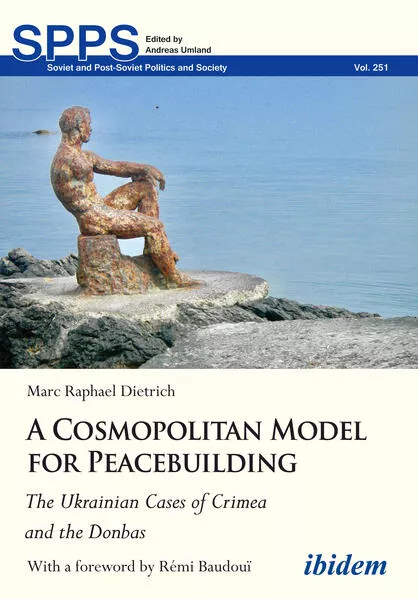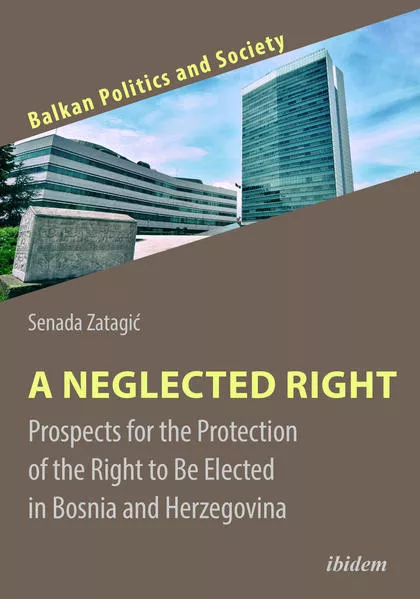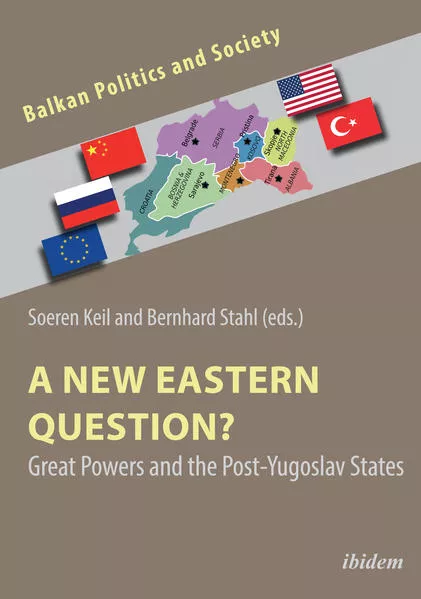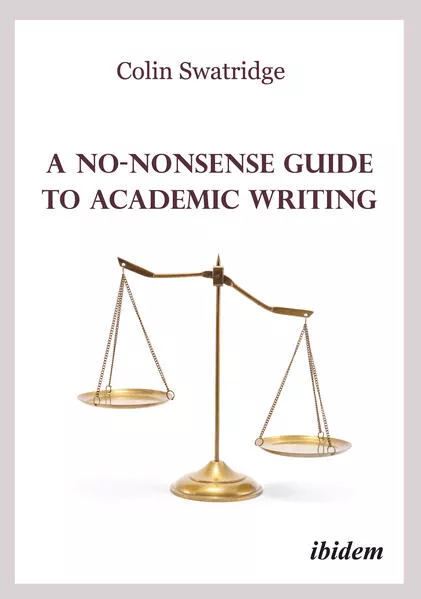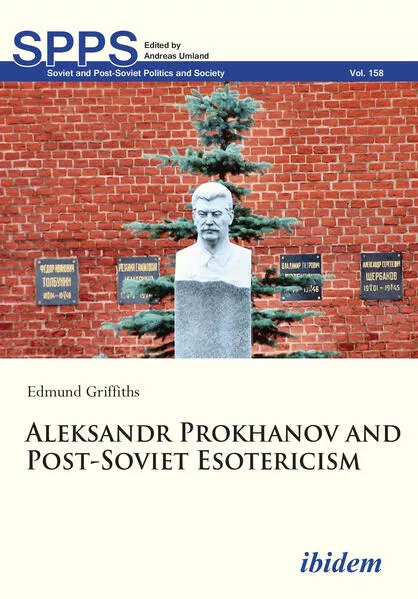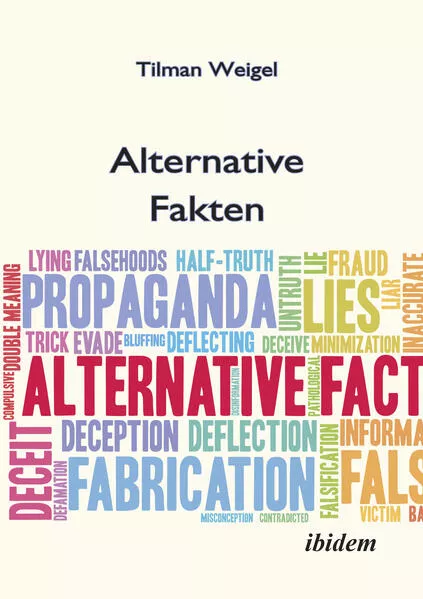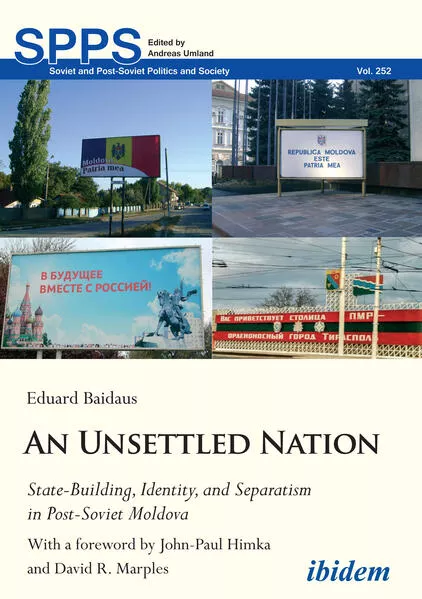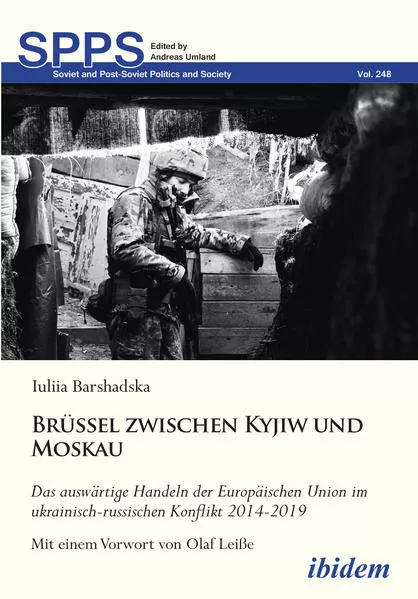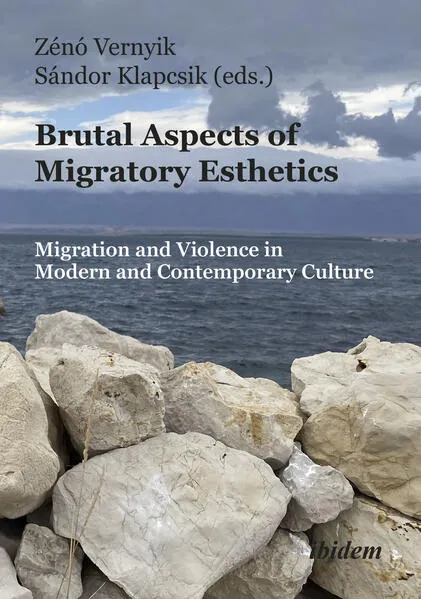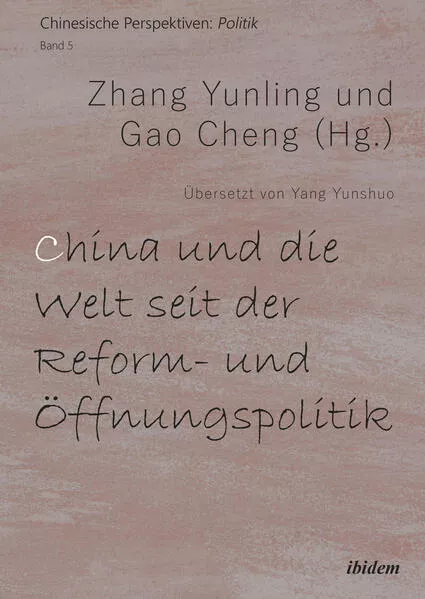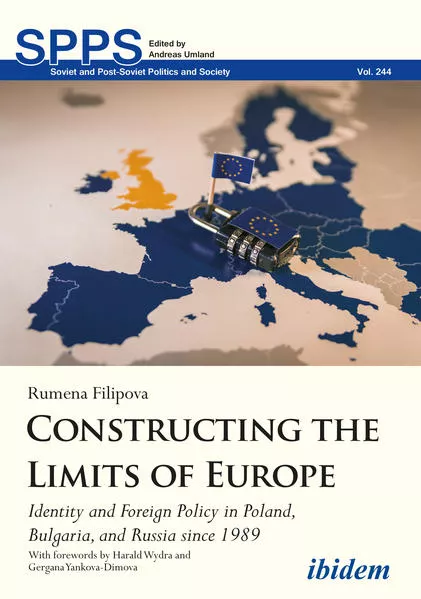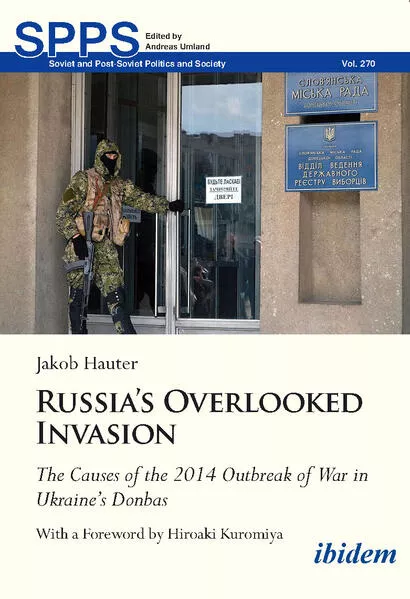
Jakob Hauter
Russia's Overlooked Invasion
- The Causes of the 2014 Outbreak of War in Ukraine’s Donbas With a Foreword by Hiroaki Kuromiya
ISBN: 978-3-838-21803-8
0 Seiten | € 29.90
Buch [Taschenbuch]
Dieses Buch gehört zur Reihe Soviet and Post-Soviet Politics and Society und enthält ca. 43 Folgen.
Erscheinungsdatum:
04.09.2023
Politik
Jakob Hauter
Russia's Overlooked Invasion
The Causes of the 2014 Outbreak of War in Ukraine’s Donbas With a Foreword by Hiroaki Kuromiya
5.0/5.00 bei 2 Reviews - aus dem Web
The war in Ukraine did not start on 24 February 2022. It began eight years earlier in eastern Ukraine’s Donbas region. In his new book, Jakob Hauter investigates the escalation of violence in the spring and summer of 2014. He demonstrates that, contrary to popular belief, the pre-2022 conflict was not a civil war. Ukraine has been fighting a Russian invasion since the armed conflict’s very beginning.
Hauter arrives at this conclusion based on a thorough review of the digital open source information (DOSI) available on the Internet. He argues that social science research needs theoretical and methodological innovation to operate in the abundant but murky information environment surrounding the Donbas War and other conflicts of the social media age. To address this challenge, he develops an escalation sequence model which divides the formative phase of the Donbas War into six critical junctures. He then combines the social science methodology of process tracing with DOSI analysis to investigate the causes of these critical junctures. For each juncture, Hauter assesses the available evidence of domestic causes and Russian interference, reaching the conclusion that, in most cases, there is convincing evidence that Russian involvement was the primary cause of armed escalation.
Hauter arrives at this conclusion based on a thorough review of the digital open source information (DOSI) available on the Internet. He argues that social science research needs theoretical and methodological innovation to operate in the abundant but murky information environment surrounding the Donbas War and other conflicts of the social media age. To address this challenge, he develops an escalation sequence model which divides the formative phase of the Donbas War into six critical junctures. He then combines the social science methodology of process tracing with DOSI analysis to investigate the causes of these critical junctures. For each juncture, Hauter assesses the available evidence of domestic causes and Russian interference, reaching the conclusion that, in most cases, there is convincing evidence that Russian involvement was the primary cause of armed escalation.
Unterstütze den lokalen Buchhandel
Nutze die PLZ-Suche um einen Buchhändler in Deiner Nähe zu finden.
Bestelle dieses Buch im Internet
| Veröffentlichung: | 04.09.2023 |
| Höhe/Breite/Gewicht | H 21 cm / B 14,8 cm / 452 g |
| Art des Mediums | Buch [Taschenbuch] |
| Preis DE | EUR 29.90 |
| Preis AT | EUR 30.70 |
| Reihe | Soviet and Post-Soviet Politics and Society 270 |
| ISBN-13 | 978-3-838-21803-8 |
| ISBN-10 | 3838218035 |
Über den Autor
Dr Jakob Hauter received his PhD from University College London’s (UCL) School of Slavonic and East European Studies (SSEES) in 2022. Previously, he studied International Relations and Contemporary European Studies in Dresden, Saint Petersburg, Bath, and Siena. He also worked as a Russian and Ukrainian media and current affairs analyst for the United States Mission to the United Kingdom and as a researcher for Forensic Architecture. He is the editor of the collected volume Civil War? Interstate War? Hybrid War? Dimensions and Interpretations of the Donbas Conflict in 2014–2020 (ibidem 2021) and has published papers in the Journal of Strategic Security, The Soviet and Post-Soviet Review, and Media, War & Conflict.Diesen Artikel teilen
0 Kommentar zu diesem Buch
.... weitere Publikationen von ibidem
Leserunde
WORDS TO THINK. OR TO SING. (English Edition) - An award-winning book of accessible, poetic pop lyric fragments in the making. (Poetische, gut zugängliche, englische Sprache)
Bewerbungsfrist bis zum: 29.12.2025



